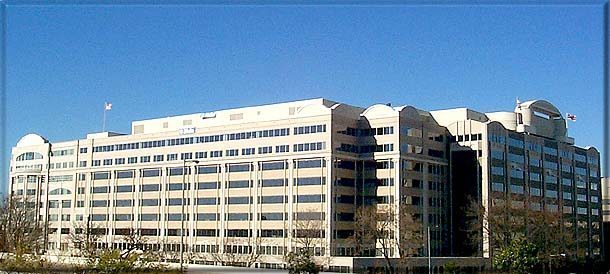Mobile operators are set to gain access to spectrum in the 3.5 GHz band.
The Federal Communications Commission is making 150 megahertz of contiguous spectrum available for mobile broadband and other uses through a spectrum sharing policy. The agency says it is creating a three-tiered commercial radio service spanning 3550 MHz – 3700 MHz. The goal is for wireless broadband providers to share the spectrum with military radars and other incumbent systems.
“This is a paradigm shift that paves the way for new services, new technologies, and more mobile broadband,” wrote FCC Commissioner Jessica Rosenworcel. “With our work in the 3.5 GHz band, we leave behind the tired notion that we face choice between licensed and unlicensed airwaves. That’s because we create new spectrum licenses custom-built for small cell deployments and at the same time open up more spectrum for unlicensed services—the jet-fuel of wireless innovation. Even better, we do all of this while protecting those already in the band, including military applications that help keep us safe.”
Coastal protections will initially be 77% smaller than previously contemplated, the FCC said. Wireless network operators will need to use spectrum sensing technologies in order to launch commercial operations.
Citizens Broadband Radio Service is the term the FCC is using to describe the spectrum sharing arrangement. Three groups of users will have access to the spectrum: incumbent users, new licensed users and unlicensed users. Unlicensed users would presumably be using Wi-Fi. The FCC said that licensed users will get “geographically targeted, short-term priority rights to a portion of the band available through future spectrum auctions.”
The FCC decision could be especially important to T-Mobile US and Sprint, which hold less spectrum than Verizon Wireless and AT&T Mobility. T-Mobile had urged the FCC to make the 3.5 GHz band available for licensed assisted access (LAA) deployments. “License assisted” means that LAA is meant to be supported by licensed spectrum, not deployed independently.
As Commissioner Rosenworcel noted, the 3.5 GHz band is seen as ideal for small cell deployments, because it is a higher frequency band than those used today by wireless operators. Higher frequencies produce shorter wavelengths and therefore rely on cells that are closer together.
“When it came to making commercial use of 3.5 GHZ, the consensus was that this was a junk band,” wrote Rosenworcel. “But instead of discarding the band as junk, we got creative and as a result this spectrum is now fertile ground for innovative wireless uses.”
Commissioner Ajit Pai was more cautious, saying that while he is pleased with the progress that has been made, he anticipates issues with interference between the different technologies expected to operate in the 3.5 GHz band.
Follow me on Twitter.

